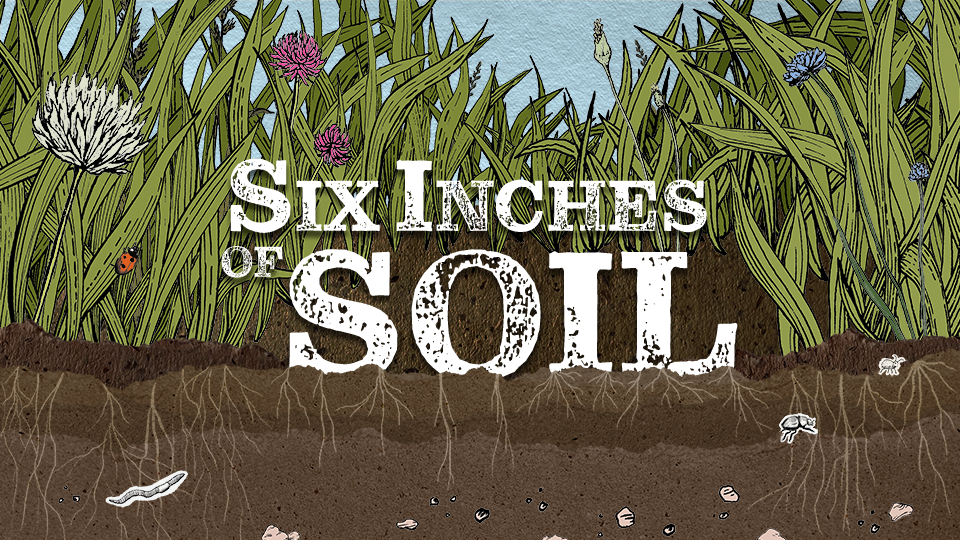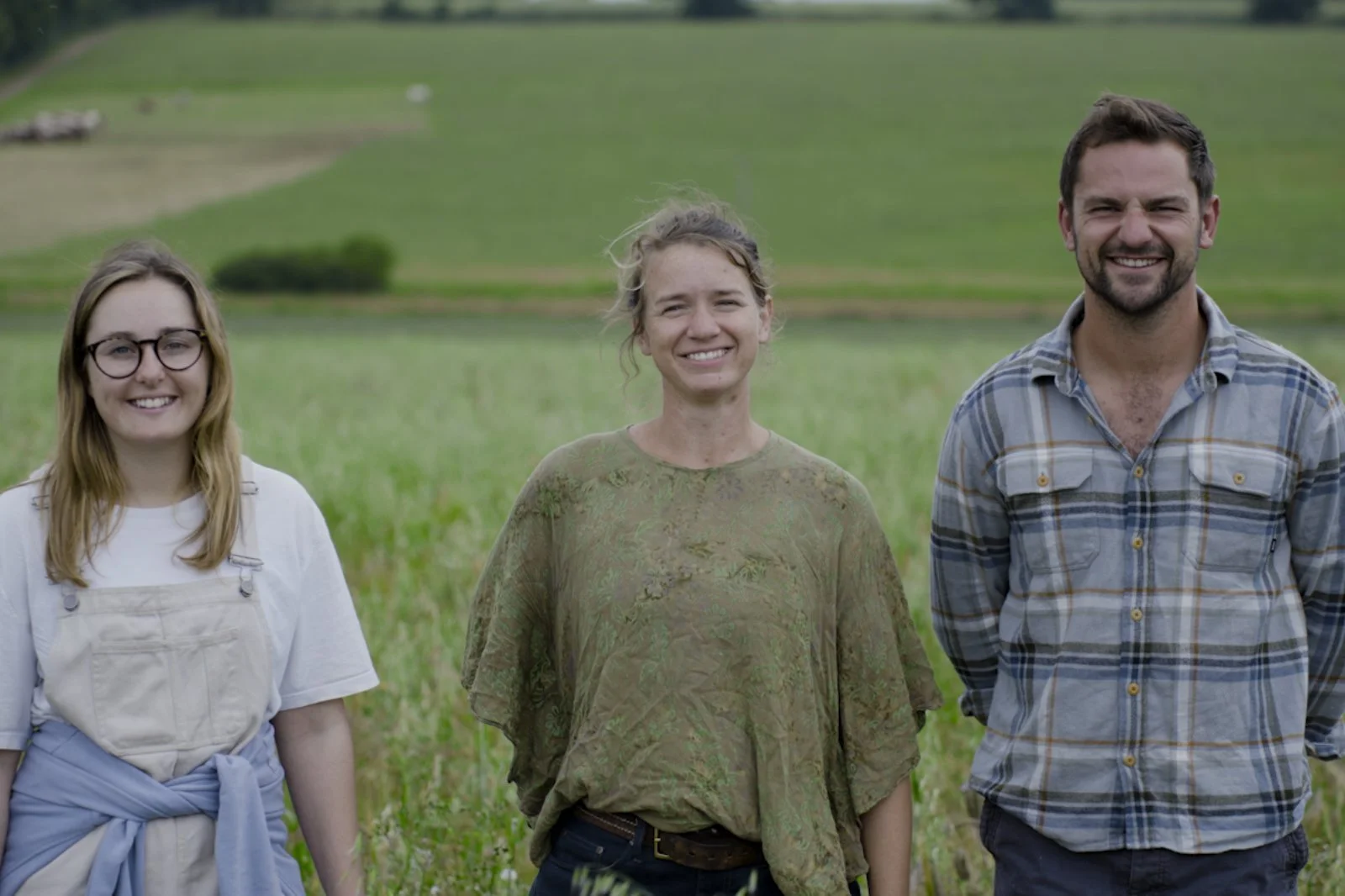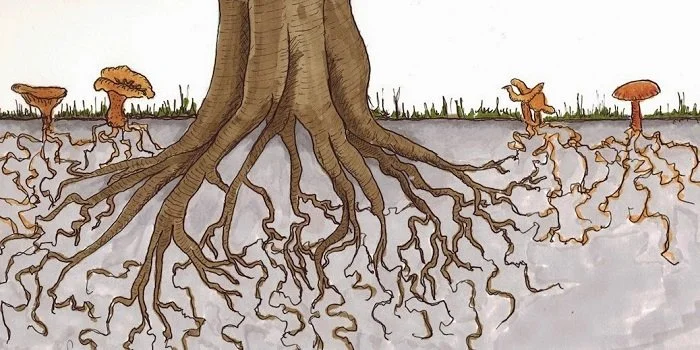Six Inches of Soil
by Dr. Ulrich Loening, former director, Centre for Human Ecology, University of Edinburgh
It was the Indian-British activist and speaker Satish Kumar who introduced the concept that all eight billion of us live from just six inches of soil. In fact it goes beyond this. All terrestrial life depends on the same six inches.
Life on land started more than 500 million years ago, with the slow encroachment of land rocks by fungi and lichens, which dissolved the nutrients from the rocks and, by photosynthesis, made the first soils.These provided the means for plants to evolve, and the association between plants and fungi is today by far the largest symbiotic living system in the world.
Almost all modern plants and forests depend for their lives on that mutual help. But when homo sapiens ignorans (we know that we don’t know) or homo sapiens stupidus (we know how to do the wrong thing) came along, we hoped to boost what the fungi were doing by adding soluble nutrient salts. Actually, that avoids and short-circuits what they’re doing, inhibiting their growth.
So in effect we are countering a 500m year evolution of luxuriant growth. Modern farming has taken us onto a treadmill that avoids and even counters the natural processes. It was very successful in feeding us up to now, but it is scientifically flawed, and we have to view its comparatively short-lived success as a failed experiment.
The treadmill now includes using persistent pesticides to kill pests. In the wild, nearly all plants and animals are healthy most of the time. Plants have their own ways of starving their potential pests, by rapidly using up their cellular amino acids and sugars to make proteins and cellulose and starch, which most pests find more difficult to live off.
When the plants mature in the summer, that process slows down, but the accumulated materials in their seeds and fruits provide a bonanza for big herbivores like us. And cattle, which feed on grass still growing, need special stomachs with symbiotic bacteria to digest the cellulose. When grazing in meadows, they produce far less methane than cattle fed on concentrates like grain and beans, which are not natural to them. The film Six Inches of Soil showed brilliantly how a cow-pat provides for myriads of creatures that returns the value back to the grass.
In that process of growth and decay, the soil grows and binds and holds carbon. Worldwide, soil contains more carbon than the whole of the atmosphere, and it could go on sequestering carbon in large amounts, if only we would let it. Of all the things that we try to accumulate and to continue with economic growth, soil is the only one which can actually be allowed to grow forever, indeed be encouraged to do so. This would in turn enrich all of life, including us. Instead we are letting it degrade and erode, amounting to about five tonnes lost per person per year.
Young farmers Anna Jackson, Ben Thomas and Adrienne Gordon
The young British farmers standing up against the industrial food system and transforming the way they produce food in the film are doing just the right things; all strength to them; their optimism is infectious! There are hundreds or even thousands of small-scale optimistic farming practices around the world, and they more than pay for themselves even in our distorted market systems, after the initial two to three year conversion period. So subsidising that conversion is a sound investment for the future; it makes people healthy and happy, reduces the NHS bill, and is more likely to feed the future world than the present system possibly could. Let’s go for it!
SEDA Land organised two screenings of the award winning film “Six Inches of Soil” in March in Edinburgh and Huntly, Aberdeenshire. Both were followed by emotional discussions about our food system steered by scientists from the James Hutton Institute and the University of Edinburgh.



